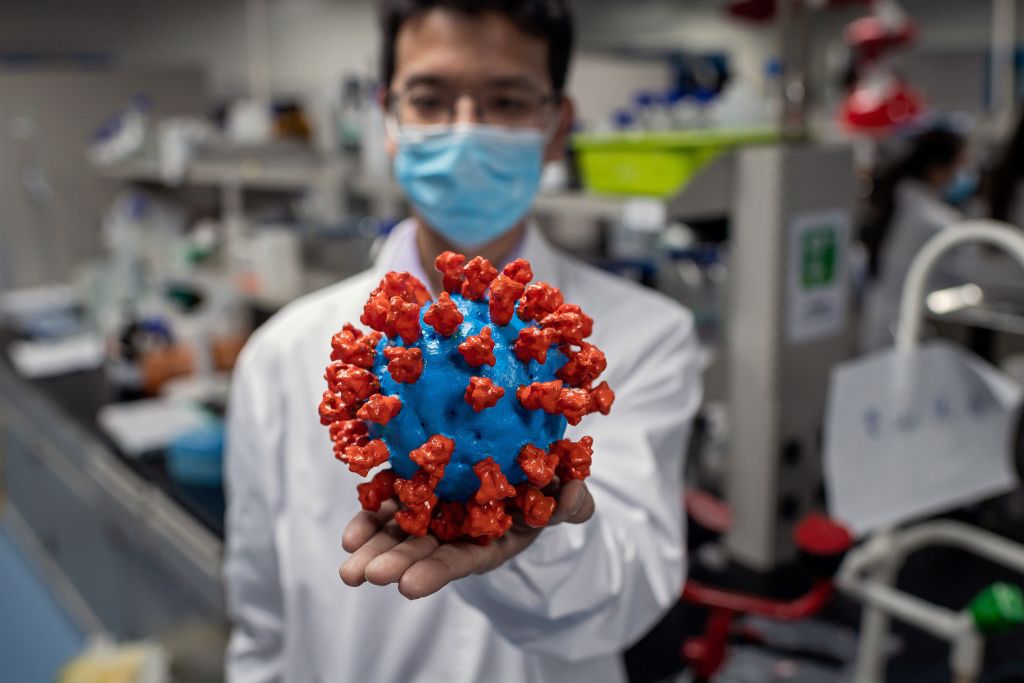Does catching the SARS-CoV-2 virus give us immunity from further infection by the virus or can we catch it a second time? The question has been given extra poignancy this week following Donald Trump’s tweet on Sunday, quickly censured by Twitter, claiming that he was immune. Before that row has had a chance to die down, a paper emerges in the Lancet Infectious Diseases reporting the possible reinfection of a 25-year-old man in Washoe County, Nevada.
The timeline reported in the paper, by the university of Nevada, is as follows. The patient first developed symptoms – sore throat, cough, headache, nausea, diarrhoea – on 25 March. He tested positive for the virus at a community testing facility on 18 April. By 27 April, his symptoms had disappeared. He then tested negative on 9 May and 26 May. On 28 May, however, he began to develop further symptoms: fever, headache, dizziness, cough, nausea and diarrhoea. This time his symptoms were more severe, and he was hospitalised. He was tested again on 5 and 6 June, and tested positive. He has since recovered.
The university of Nevada team says it has used genetic sequencing and two different testing methodologies to prove that the virus really was present on two occasions, and that it used fragment analysis to prove that the samples – obtained via nasal swabs – really did come from the same patient. So is the assumption that exposure to the SARS-CoV-2 virus gains us at least short-term immunity wrong? That would have huge implications because if we can’t gain immunity it would render the multi-billion pound efforts to develop a vaccine pretty well useless. It would also undermine an awful lot of modelling on the virus, including, for example, the Imperial College paper of 16 March, which assumed that people who had had the virus were no longer susceptible.
The Nevada team say that while they think they have reported the first documented case of reinfection in the US, they cannot be entirely sure. They state: ‘It is possible that we have reported a case of continuous infection entailing deactivation and reactivation’ – although adding that for this to be true the virus would have had to have mutated at a rate not yet recorded. One eyebrow-raiser is the short period – just two days – between the patient’s second negative test and the onset of symptoms for the second time. It is just about possible to develop symptoms so quickly after infection – according to the Centers for Disease Control, the gestation period for Covid 19 is between two and 14 days, with a median of five days. But it would have required the patient to have been infected almost immediately from walking away from his second test. Alternatively, it questions the efficacy of the negative tests the patient received during May.
But even if this was a genuine case of reinfection it does not necessarily change very much – other than to say that reinfection might happen in very rare cases. To date, the World Health Organisation has recorded 38 million confirmed cases of Covid 19. In a search of medical literature, the Nevada team found five cases of documented reinfection. If infection with Covid 19 did not give the vast majority of us immunity from reinfection – at least for a few months – it is hard to believe that it would no be obvious by now, with vast numbers of cases being recorded.







Comments